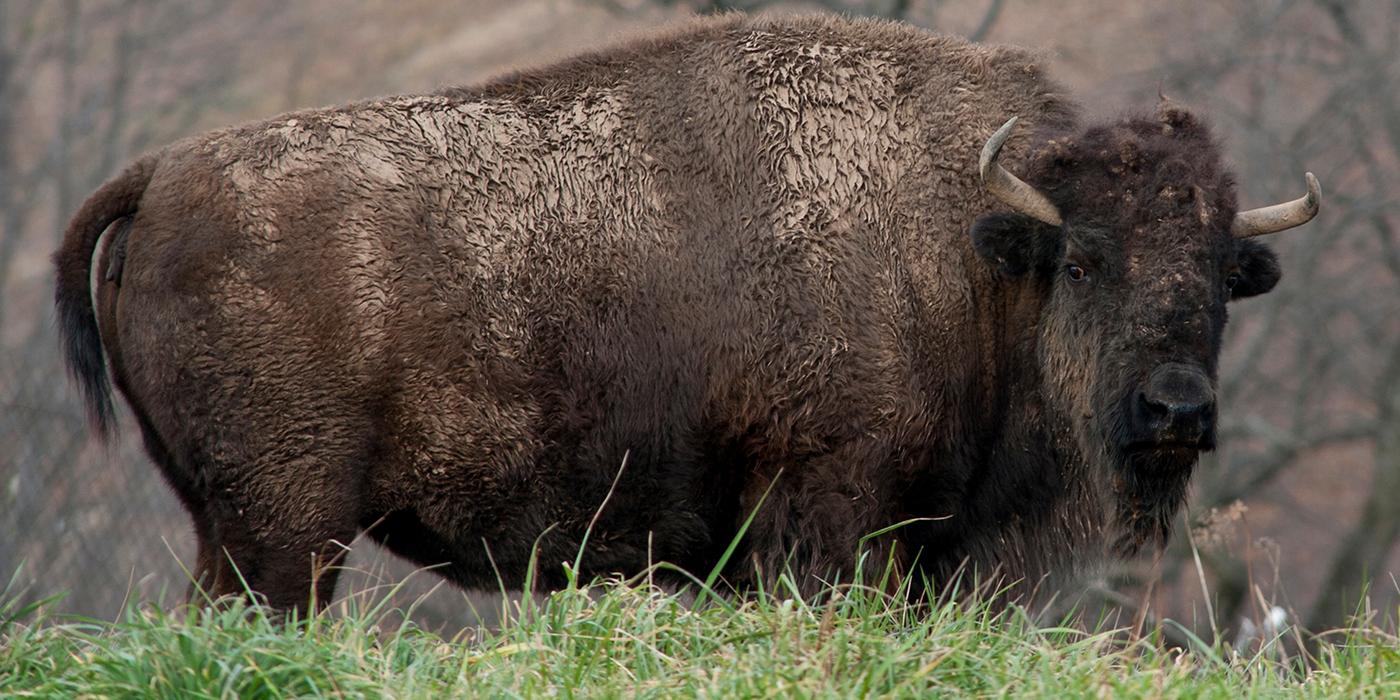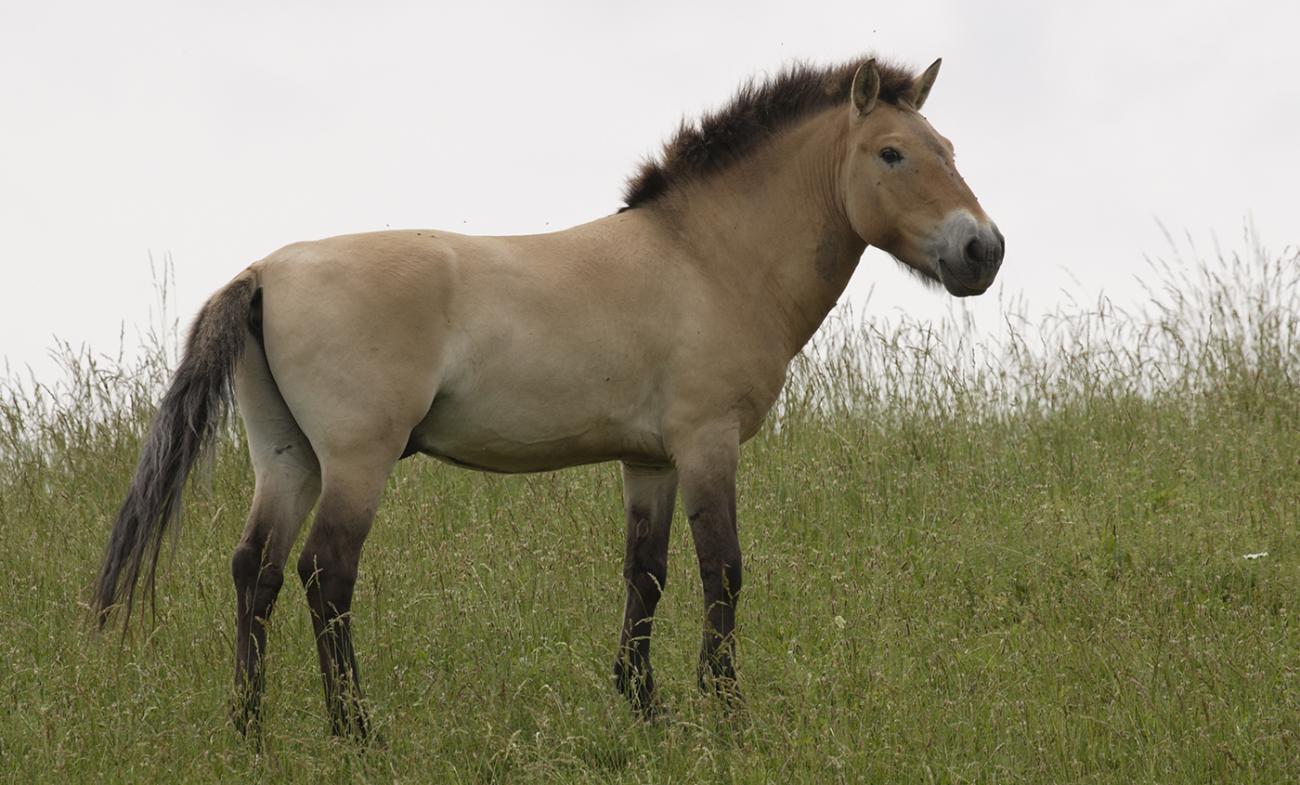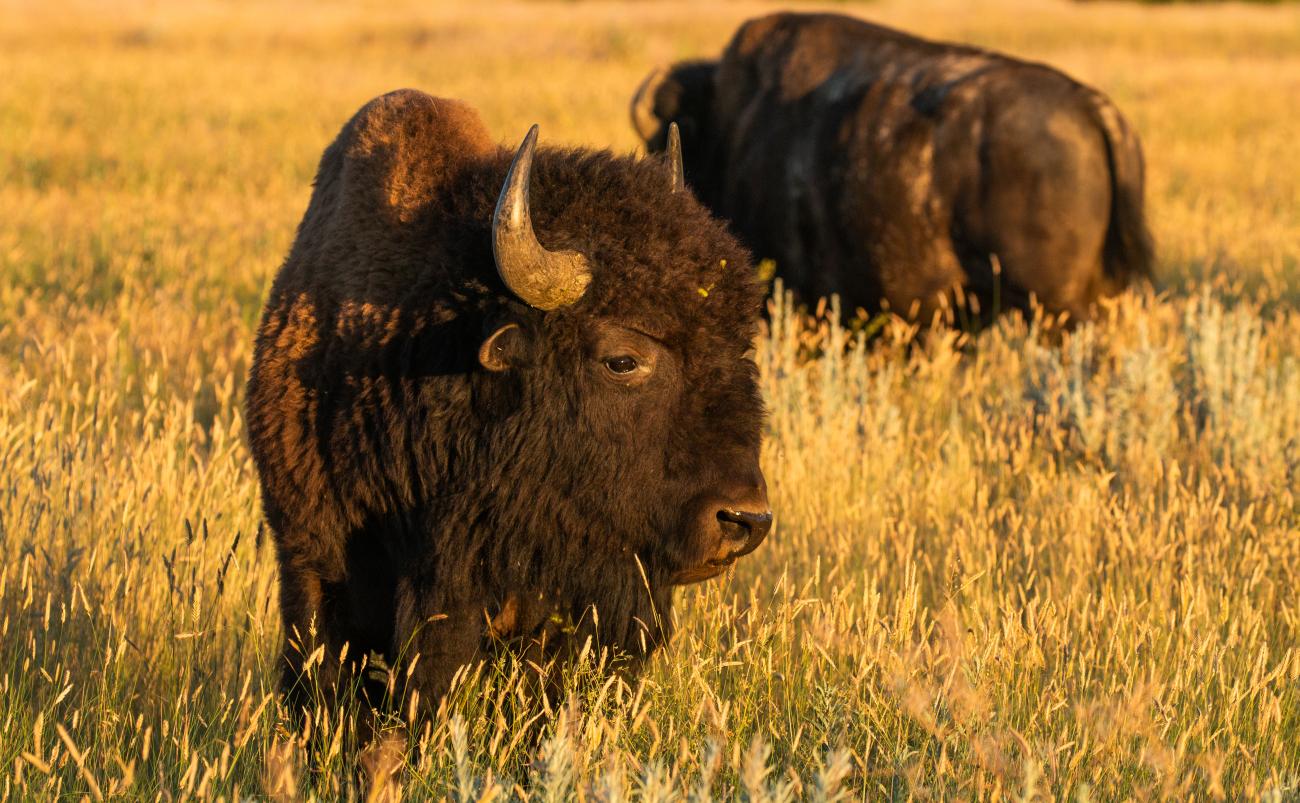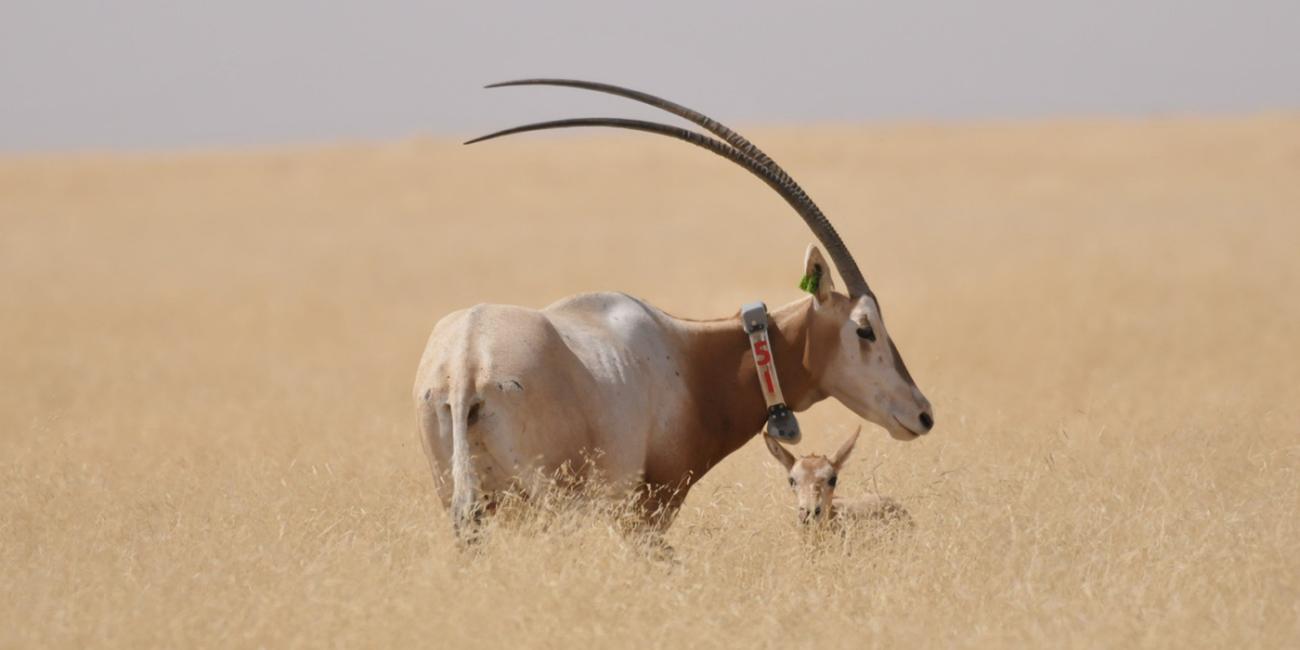Species Reintroduction
Wildlife reintroductions and translocations have become an essential tool for restoring species and maintaining global biodiversity. Scientists at the Conservation Ecology Center are leveraging the Zoo's expertise in captive management and are engaged in multiple high-profile reintroduction and restoration efforts. Explore their ongoing projects below.
Projects
Przewalski’s Horse Tracking and Reintroduction ›
Through cutting-edge GPS satellite tracking and reintroduction programs, scientists are committed to saving the last truly wild horse species.
Restoring America's Wild Prairie ›
Smithsonian scientists are collaborating with the American Prairie Reserve to protect and restore one of North America's greatest treasures — the prairie.
Scimitar-horned Oryx Reintroduction ›
Scimitar-horned oryx once ranged across most of North Africa but are now considered extinct in the wild. Smithsonian scientists are part of a collaborative effort to return oryx to part of their former range.
Swift Fox Recovery ›
Smithsonian scientists, in collaboration with the Fort Belknap Fish and Wildlife Department, are embarking on a five-year swift fox reintroduction project to restore swift foxes to tribal lands and to help reestablish connectivity between disjointed swift fox populations.













